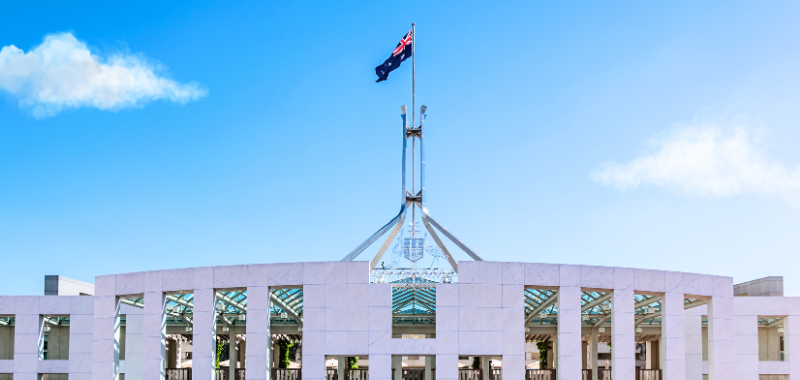The 2025-26 Federal Budget focuses on economic resilience, cost-of-living support, and long-term investments in Australia’s future. Treasurer Jim Chalmers has outlined key policies aimed at addressing global uncertainties, supporting businesses, and strengthening essential services.
Budget Priorities
The government’s economic resilience plan aims to manage global economic shifts while ensuring fiscal responsibility. This budget also introduces policies that focus on healthcare, education, and business support to drive long-term growth.
Key Highlights of the 2025-26 Budget
Global Economic Landscape
-
OECD Growth Forecast Revision – The OECD has lowered its global GDP growth predictions due to geopolitical tensions and trade policy changes.
-
Impact of International Conflicts – The ongoing conflicts in the Middle East and Ukraine continue to affect global stability.
-
Australia’s Economic Performance – Inflation remains at 3.2%, and the unemployment rate is low, showing signs of economic recovery in the December 2024 quarter.
Challenges Facing Australia
-
Rising Household Costs – Australians are facing higher expenses in food, healthcare, and housing.
-
Mortgage Pressures – Increased interest rates have added stress to mortgage repayments.
-
Business Cost Increases – The tight labor market and inflation have raised operational costs for businesses.
-
Global Trade Challenges – US tariffs on Australian steel and aluminum may impact exports.
Government’s Plan for Economic Growth
The budget introduces several policies to build a stronger and more competitive economy:
-
Infrastructure Investments – Large-scale projects to boost productivity and job creation.
-
Innovation and Entrepreneurship – New incentives to support startups and emerging industries.
-
Healthcare Reforms –
-
Strengthening Medicare with expanded bulk billing incentives.
-
Lower medicine costs through Pharmaceutical Benefits Scheme reforms.
-
Education and Workforce Development
-
Public Education Funding – Increased support for schools and universities.
-
Free TAFE Programs – Strengthening vocational training to bridge skill gaps.
-
Tertiary Education Goals – Aiming for 80% participation in higher education by 2050.
-
Early Childhood Education Support – Ensuring access to quality foundational learning.
Future Made in Australia: Renewable Energy and AI Growth
-
Transition to Clean Energy – Investments in renewable energy projects and sustainability efforts.
-
Private Sector Incentives – Policies to attract new investments and foster economic growth.
-
Advancing AI and Automation – Driving productivity and job creation with emerging technologies.
With global and domestic challenges ahead, the 2025-26 Federal Budget lays out a strategic vision for economic resilience, innovation, and workforce development. These initiatives will play a key role in shaping Australia’s economic future.
Credits

Soundera Pandian Selvaraj
One Business Services Team




